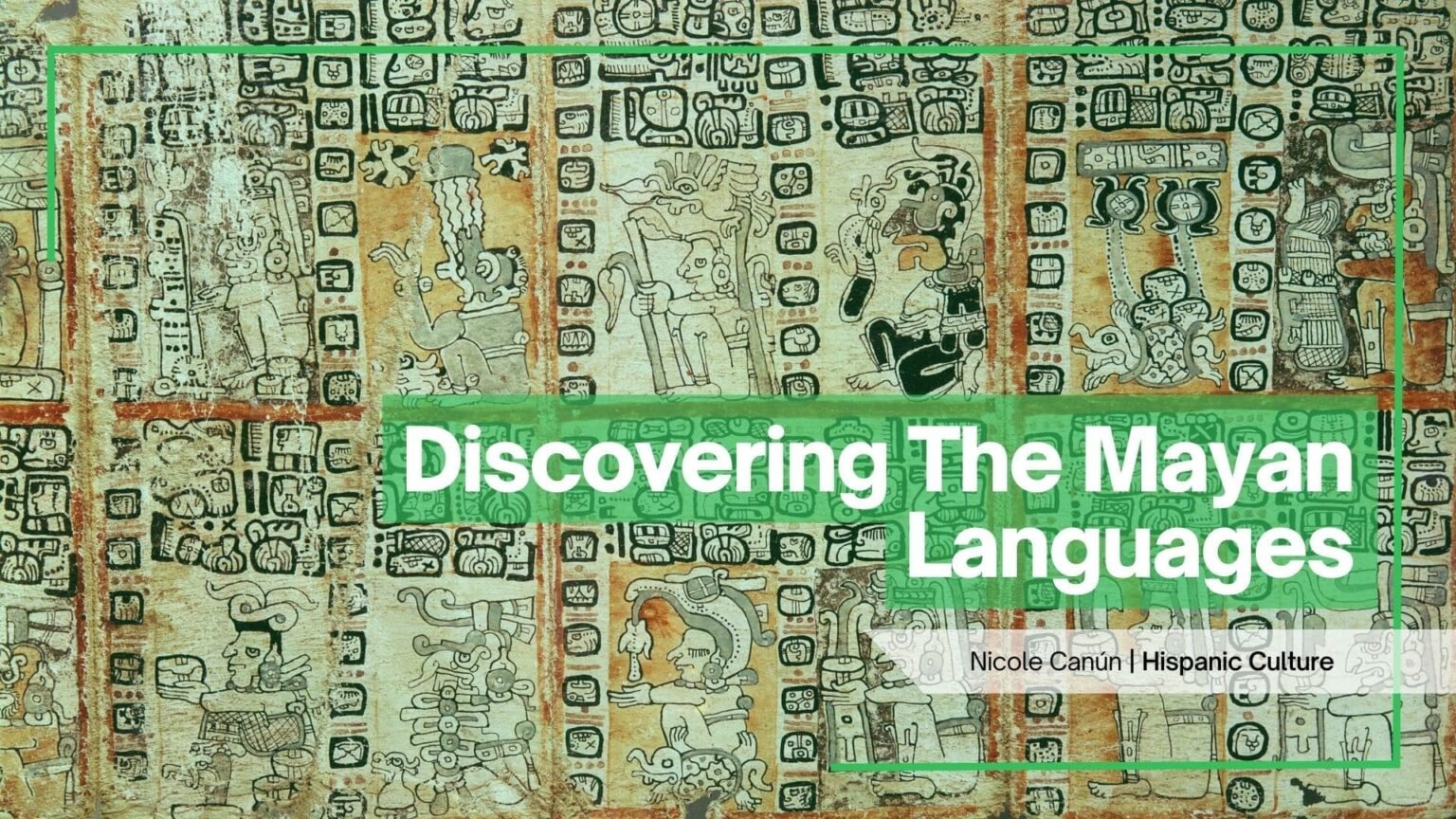The Mayan languages spreading across the US: Ancient words in new lands
Aroldo sat quietly by the fire, his heart heavy with grief after the passing of his father. In his native town of San Juan Atitán, nestled in the Guatemalan highlands, speaking Mam — one of the many Mayan languages that more people in the US now speak and recognize — offered solace. One evening, he turned to his mother and spoke the words that marked a new beginning: “Nan, waji chix tuj Kytanum Meẍ.” It meant, “Mum, I want to go to the white men’s nation” — a heartfelt way to say he was heading to the United States.
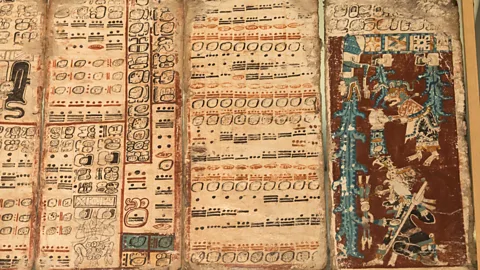
Like thousands of Indigenous Central Americans, Aroldo was about to carry a legacy with him: the Mayan language. As he journeyed through deserts and mountains, the language spoken by his ancestors traveled with him, finding a new home far from the temples and towns of Mesoamerica.
Today, Mayan languages are spreading across the US, especially in immigrant communities from Guatemala, Mexico, and Honduras. As immigration from these regions increases, languages like Mam and K’iche’ are finding new resonance, not just within families, but in schools, courts, and communities.
The Mayan languages spreading across the US: A linguistic legacy rooted in ancient civilizations
The Mayan languages are among the oldest spoken languages in the world, dating back thousands of years Before Spanish colonization, these languages formed the primary method of communication across much of Central America.
Over 30 Mayan languages exist today, including Mam, K’iche’ (Quiche), Q’eqchi’, Yucatec, and more. These languages are derived from Proto-Mayan, spoken before 2000 BCE, and reflect a civilization that excelled in astronomy, architecture, and hieroglyphic writing.
Despite colonization and forced cultural assimilation, the Mayan languages survived — preserved in rural villages and oral traditions. As Indigenous populations migrate to the United States, these languages are now expanding into a new cultural and geographical space.
Migration Patterns: From the Highlands to the Bay
The largest wave of Mayan immigration to the United States began in the 1990s and accelerated into the 2000s. Violence, poverty, and systemic discrimination in Guatemala and parts of southern Mexico led many Indigenous families to seek better opportunities abroad.
Between 2000 and 2021, the Guatemalan population in the US surged from around 410,000 to nearly 1.8 million. A significant portion of these migrants are Indigenous, especially Mam and K’iche’ speakers from rural towns in Huehuetenango and Quiché.
Many settled in states like California, Texas, Florida, and North Carolina. The San Francisco Bay Area, and particularly cities like Oakland and Richmond, now host thriving Mayan communities. These cities are hubs where Mayan languages are spreading across the US, thanks to the bonds of kinship and cultural preservation.
The Changing Demographics of “Hispanic” America
Official US government classifications have long labeled all Latin American migrants as “Hispanic,” assuming a shared Spanish-speaking heritage. But this label hides crucial differences.
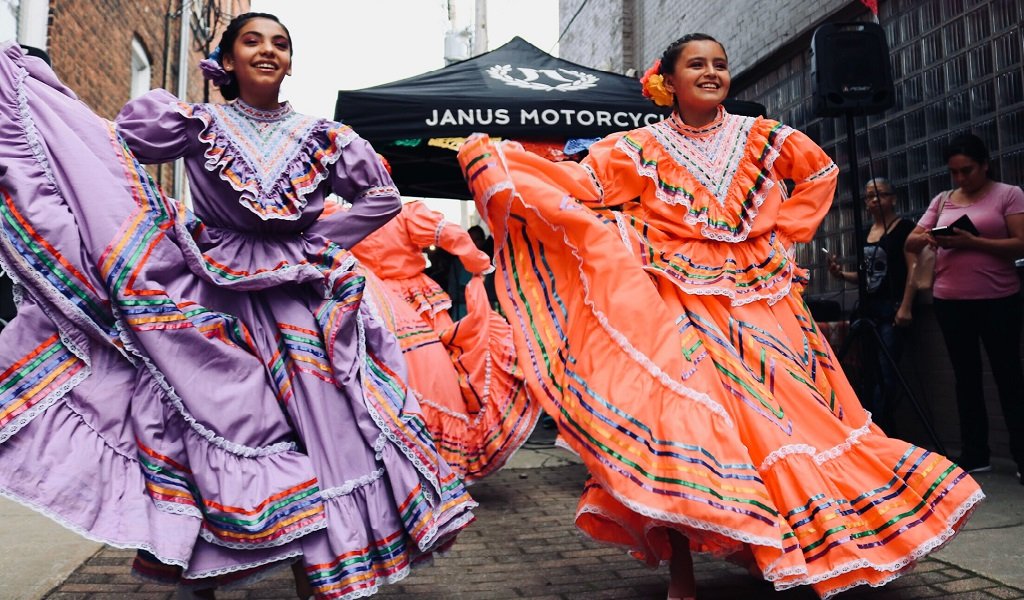
Not all immigrants from Guatemala or Mexico speak Spanish. For many Mayans, Spanish is a second — or even third — language. Their primary language remains Indigenous, such as Mam, which is spoken by over half a million people globally.
This linguistic distinction is critical for everything from immigration court proceedings to health care access. Without appropriate language interpretation services, many Mayan speakers find themselves marginalized, misunderstood, or even wrongfully denied asylum or public assistance.
New Laws Recognizing Indigenous Languages
Recognition of this linguistic diversity is growing. In California, new legislation passed in 2024 mandates state agencies to collect detailed data on language preferences, including Indigenous languages. This law aims to ensure that communities speaking Mam, K’iche’, and other Indigenous tongues receive accurate services.
Linguists, activists, and Indigenous community leaders are pushing for further changes nationwide — including the right to education and legal defense in one’s native language. The Mayan languages spreading across the US are thus not just cultural artifacts; they are living tools of communication that demand institutional recognition.
Mayan Language Use in US Immigration Courts
One striking example of this spread is in immigration courts. Mam and K’iche’ now rank among the top 25 languages used in these settings. Interpreters fluent in these languages are in high demand but short supply, often delaying or complicating legal proceedings for Indigenous migrants.
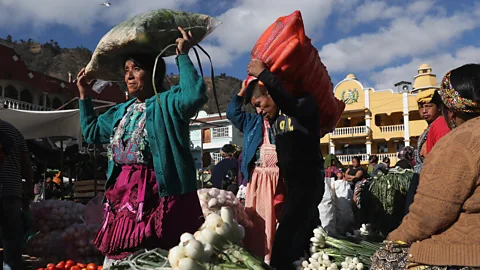
Organizations like the Indigenous Language Office and local advocacy groups have stepped in to train interpreters and translate crucial documents. These efforts are helping to bridge the gap between ancient language and modern bureaucracy — a necessity for legal fairness.
Radio, Classrooms, and WhatsApp: Modern Uses of Mayan Languages
The revival of Mayan languages isn’t confined to the home. In cities like Oakland and Los Angeles, community radio stations now broadcast news and cultural programming in Mam and K’iche’. Indigenous youth are creating TikTok content and podcasts in their native languages. WhatsApp chats in Mam help keep extended families connected across continents.
Some schools, particularly those in immigrant-heavy districts, are beginning to offer support for students who speak Indigenous languages. This includes hiring bilingual aides and developing educational materials in Mam or K’iche’.
The spread of Mayan languages across the US is a powerful example of cultural resilience, especially as younger generations reclaim and celebrate their linguistic heritage.
Ancient Languages with Modern Relevance
For centuries, Mayan languages thrived under the shadows of temples and were passed down orally through generations. Today, they are being revitalized in new ways.
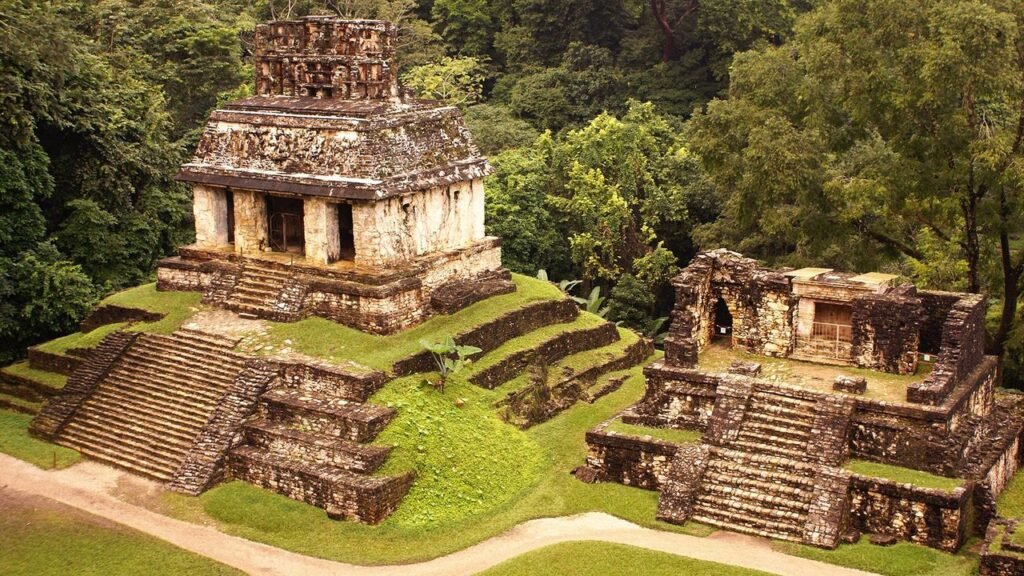
Workshops and cultural organizations are helping preserve ancient Mayan scripts, teaching glyph-writing techniques, and incorporating Mayan symbolism into clothing and merchandise. Groups like Ch’okwoj and Chíikulal Úuchben Ts’íib use art, technology, and education to keep the language alive.
The presence of Mayan languages in digital formats — from translation apps to subtitles in Mam on YouTube — reflects their enduring adaptability and relevance.
Cultural Identity in a New Land
Language is more than a means of communication; it is identity. For migrants like Aroldo, speaking Mam is a connection to his homeland and heritage. Even while living in the East Bay, he insists that his family speaks Mam at home, believing that identity begins with language.
In community gatherings, Mayan traditions are honored — from fire ceremonies to music and dance. Celebrations like Wajxaqib’ B’atz’, the Mayan New Year, are hosted in US cities, often in Mam or K’iche’, reaffirming cultural ties.
These celebrations are also acts of resistance — against the erasure of Indigenous identities and in favor of visibility and pride.
Mayan Words in Everyday English
The influence of Mayan languages extends beyond immigrant communities. Words like “cacao” (the base of chocolate) and “cigar” trace their etymology back to Mayan origins.
The Spanish word “cigarro” and the English “cigar” come from the ancient Mayan word “siyar.” Likewise, “cacao” was introduced to Europe in the 16th century by Indigenous peoples, and it remains a key part of both language and global trade.
These linguistic contributions are a testament to how deeply Mayan culture has shaped the world — even if those roots are often unrecognized.
Challenges Ahead
Despite the momentum, challenges remain. Many Mayan languages are endangered due to assimilation, limited documentation, and discrimination. Fewer young people in Guatemala are fluent in their ancestral tongues, often prioritizing Spanish or English for economic opportunities.
In the US, systemic obstacles — including underrepresentation, racism, and lack of educational resources — hinder full recognition of Mayan languages. Legal status and poverty also contribute to community instability.
Still, the movement to preserve and expand these languages continues to grow, driven by a new generation of linguists, teachers, and community activists.
A Future for Mayan Languages in the US
As Mayan languages continue spreading across the US, they carry with them centuries of history, resilience, and cultural depth. What was once spoken by kings and scribes in temples is now echoed in classrooms, kitchens, courtrooms, and community centers across America.

From the foggy mountains of San Juan Atitán to the vibrant neighborhoods of Oakland, Mam, K’iche’, and other Mayan languages are living proof that Indigenous cultures do not disappear — they evolve, adapt, and endure.
